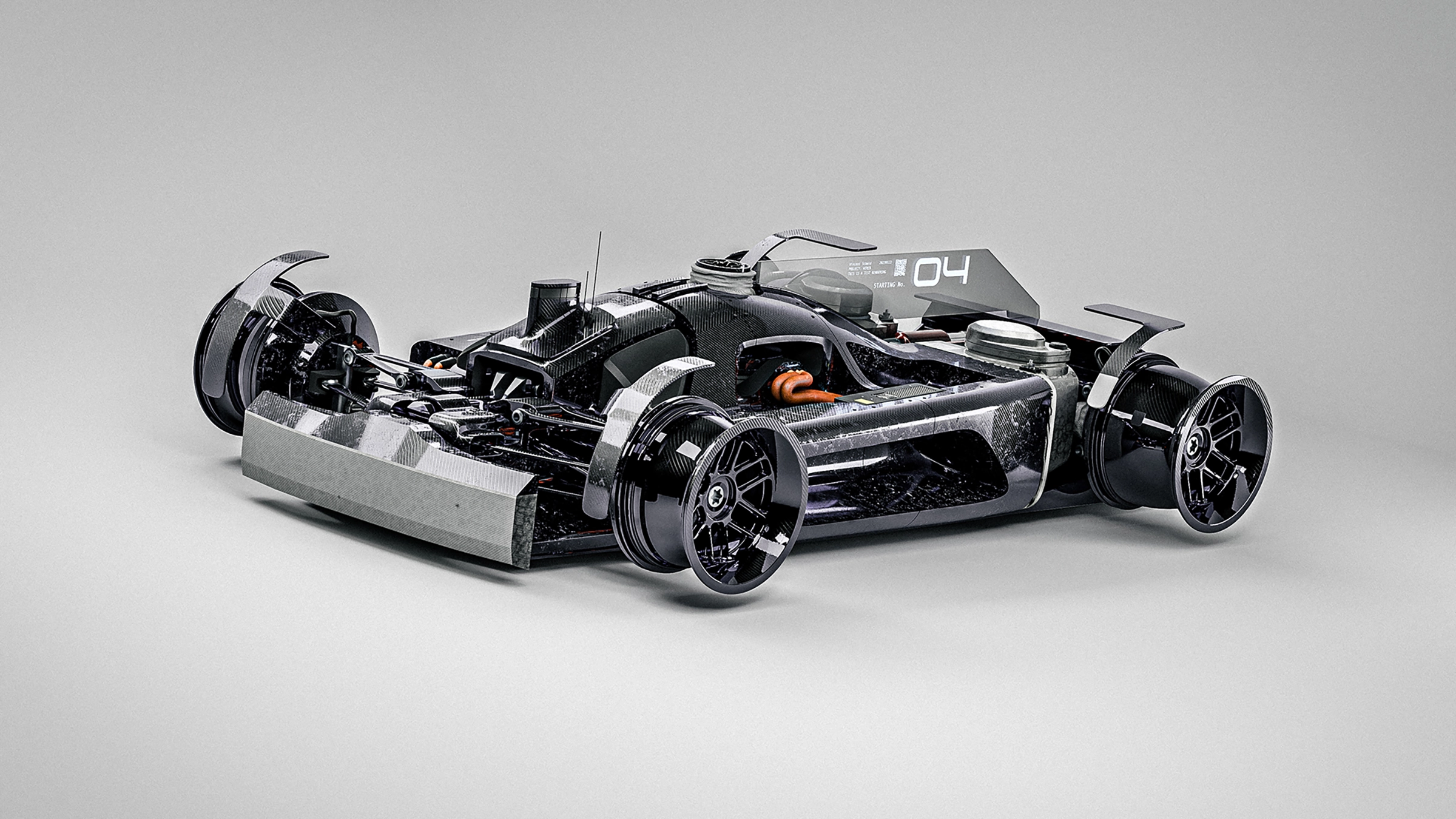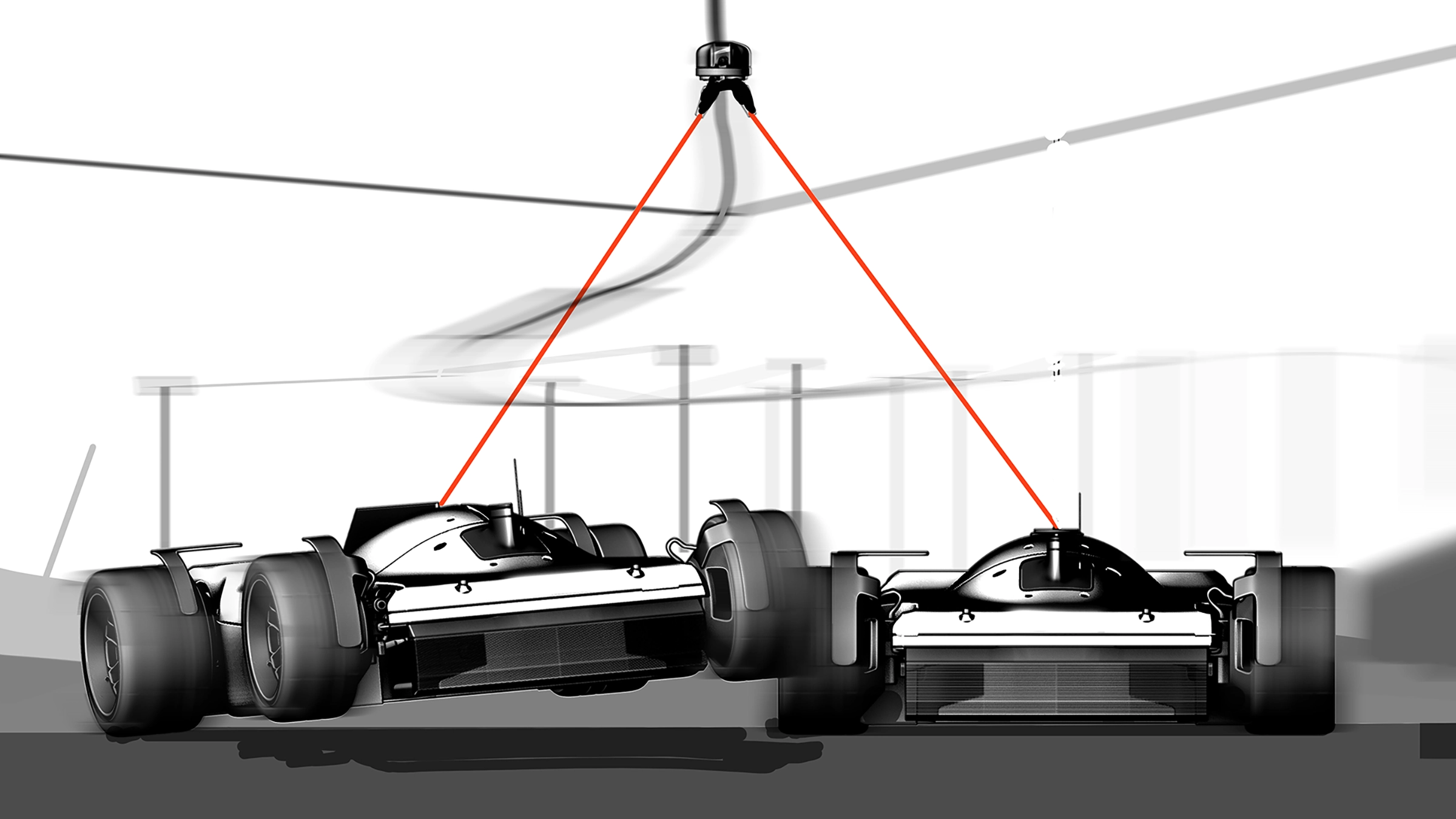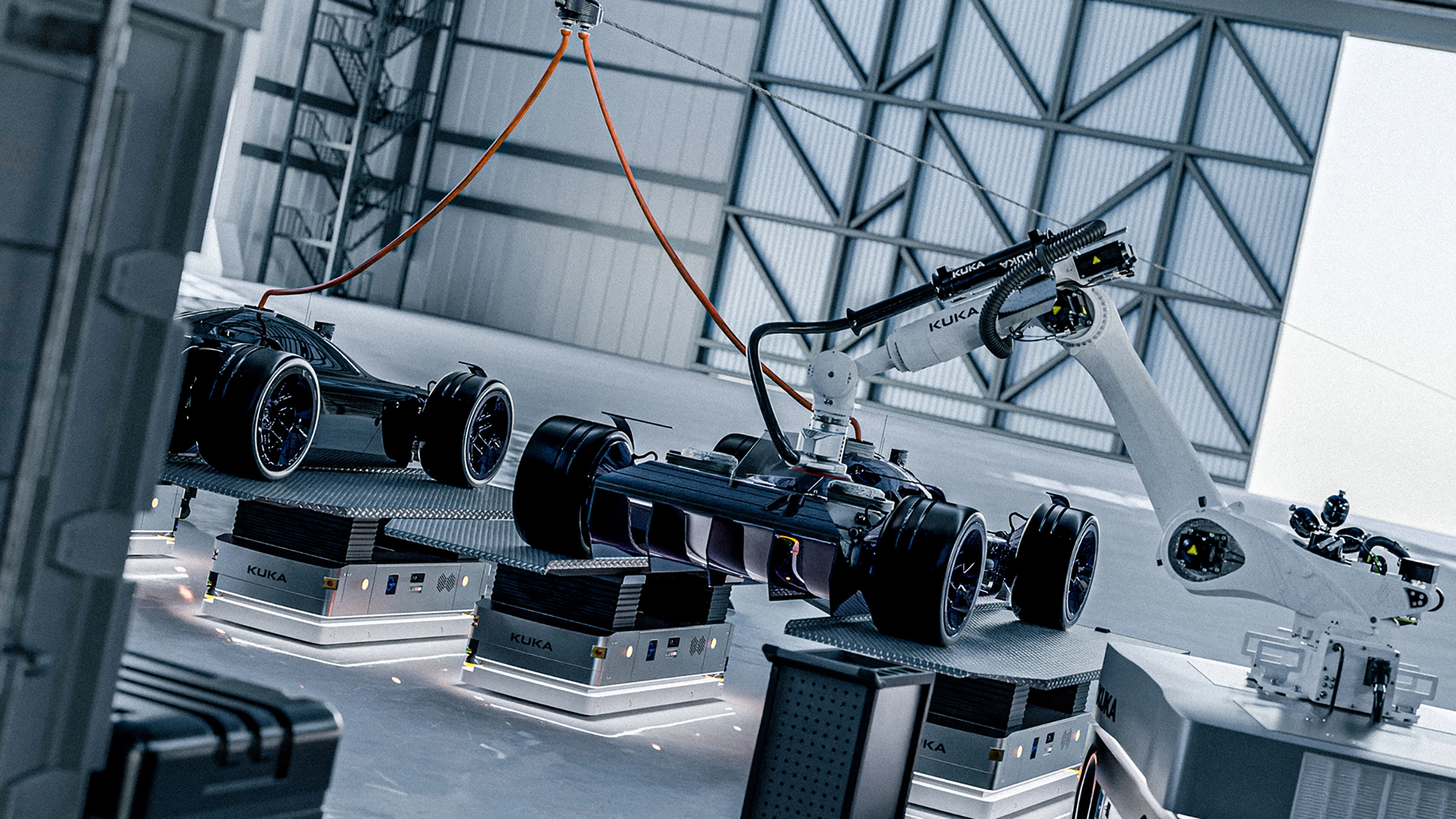Imagine a race where the thrill of high-speed competition meets the forefront of sustainable technology. A race where the vehicles are not only sleek and fast but also environmentally conscious. This is the future envisioned by a groundbreaking motorsport project redefining the racing concept.
Disclaimer: This is a personal project by a designer and not an official concept from any brand
At the heart of this project is a revolutionary approach to motorsports. Traditional races involve significant risks to drivers and substantial environmental impact due to fuel consumption. This new concept eliminates these concerns by introducing remotely driven cars, which means there is no need for extensive safety measures to protect drivers. The absence of a human driver also allows for a significant car redesign. These remotely driven cars connect directly to the track's energy system through a cable, drawing power from a remote source. This connection eliminates the need for large, heavy batteries typically used in electric vehicles. Instead, the cars carry a small battery that serves only for off-track maintenance and transport. By removing the driver and reducing battery size, the design of the car is much smaller, more aerodynamic, and significantly lighter. These changes not only improve performance but also enhance energy efficiency, making the sport more sustainable.
Read More: A designer reimagined the Ferrari for the Modena streets with a pure racing DNA



A New Era of Racing
The excitement of this new motorsport is amplified by its unique race format. The competition is structured as a playoff, with several participants racing against each other in a series of head-to-head matchups. Each race features two cars connected to the same power line, competing on the track. During the race, each vehicle is equipped with a 50-meter cable, creating a combined length of 100 meters when fully extended. The goal for each car is to outpace its opponent within this distance. If one car falls behind and reaches the 100-meter mark, its cable disconnects, and the leading car automatically wins.
Must Read: Latest Pininfarina Formula Concept Is Revolutionizing The Sim-Racing
This feature adds a strategic element to the race, as competitors must balance speed and control to avoid disconnection. If both cars manage to stay within the 100-meter cable length, the winner is determined at the finish line, adding a thrilling sprint to the end of each race. This format not only keeps the competition fierce but also ensures that every race is a test of skill, strategy, and speed. The playoff structure means that each victory propels the winner to the next round, intensifying the stakes with every race.
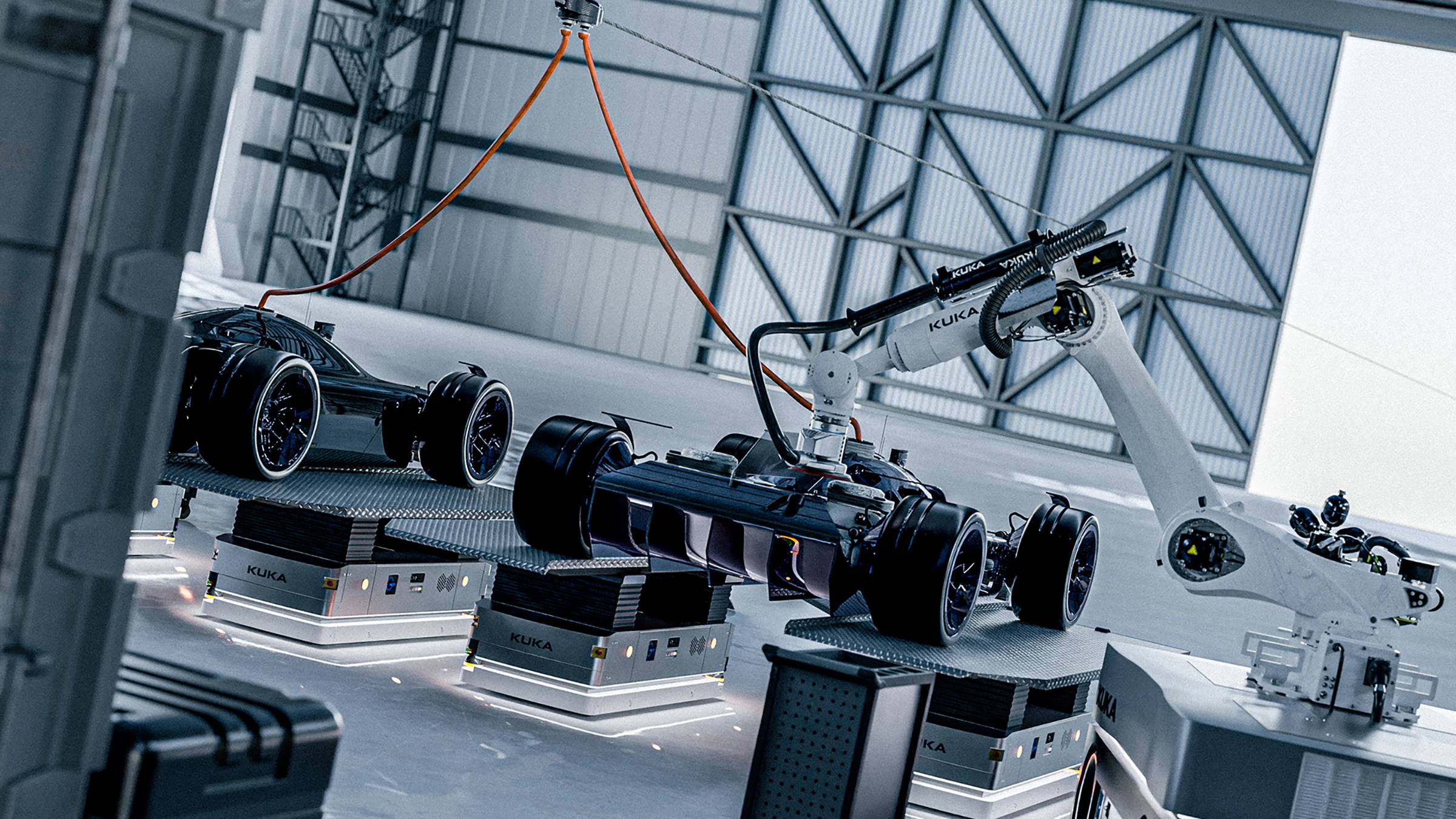

A Greener, Safer, and More Exhilarating Future
The introduction of this new motorsport concept marks a significant step forward in the evolution of racing. By merging the excitement of high-speed competition with sustainable practices and cutting-edge technology, this project sets a new standard for the future of motorsports. The advantages of this innovative racing model extend beyond the thrill of the competition. The reduced car size and weight offer significant aerodynamic benefits, which improve speed and performance. By utilizing a remote energy source and minimizing battery use, the sport significantly lowers its carbon footprint. The unique race format, environmental benefits, and technological innovations promise to captivate audiences and inspire a new generation of racing enthusiasts. As this sport gains momentum, it paves the way for a greener, safer, and more exhilarating future in the world of competitive racing.
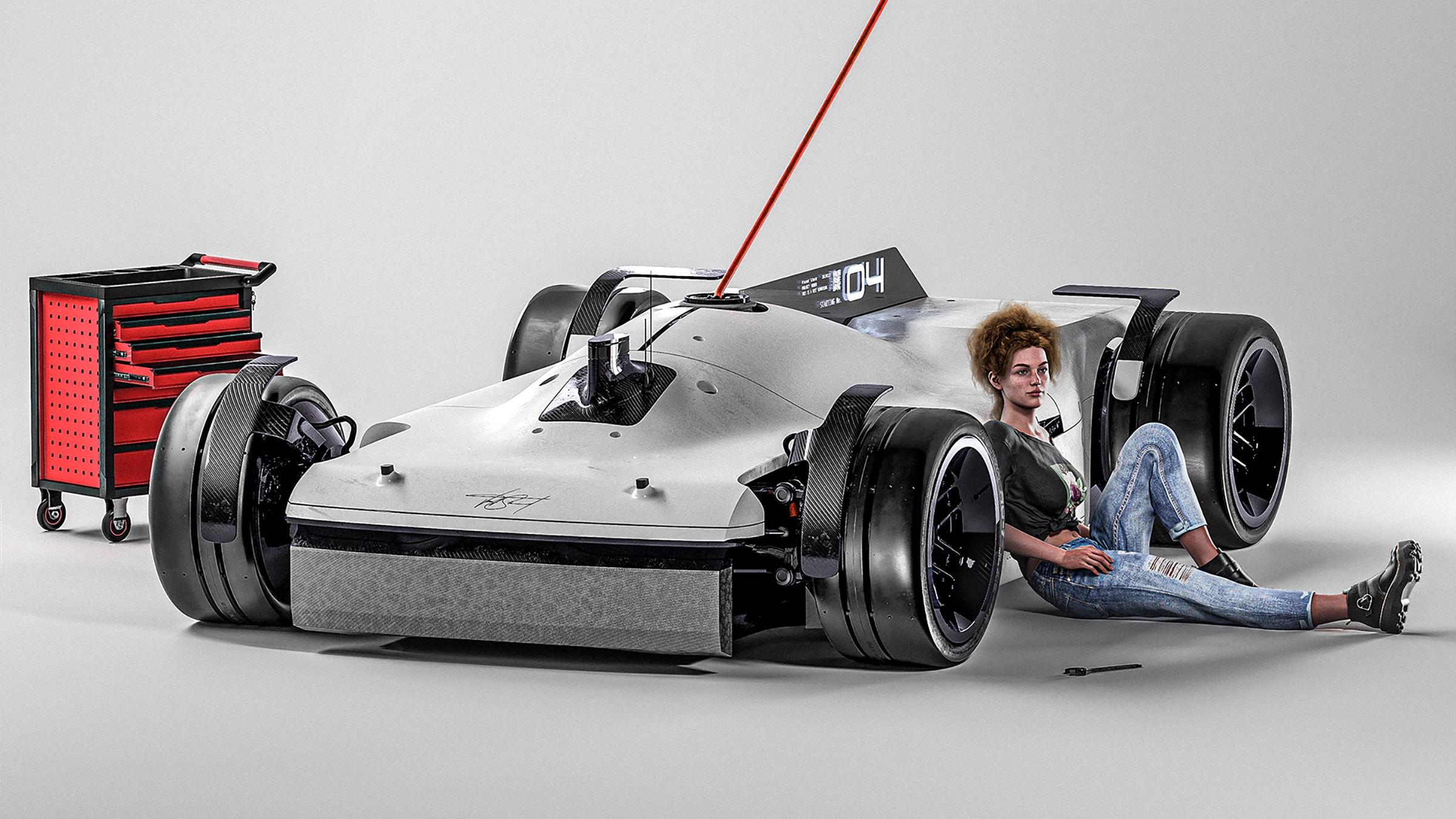
About Designer
Vincent Schmid is a German designer based in Munich. He started his design journey by studying industrial design at FH Joanneum in Austria. His professional career began as a transportation designer at KISKA, a design agency in Salzburg, where he worked on motorcycles, micro-mobility projects, and automotive exteriors and interiors. Currently, he is a senior designer at Nio and also lectures at FH Joanneum.
